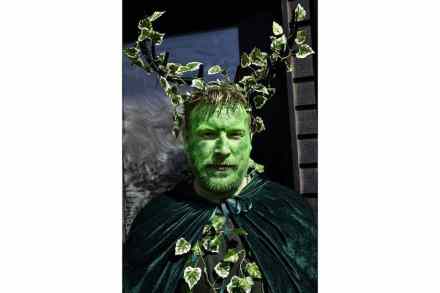Francesa Simon: Salka
32 min listen
My guest in this week’s Book Club is Francesca Simon. Best known for her Horrid Henry series of children’s books, Francesca has just published her first novel for grownups, a haunting reworking of a Welsh folk tale called Salka: Lady of the Lake. She tells me how she came to shift direction, what myths offer in terms of storytelling possibility – and why she never tired of her best-known creation.



